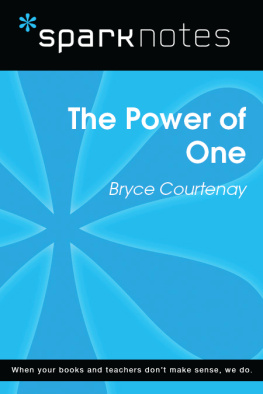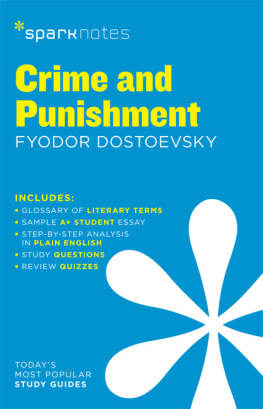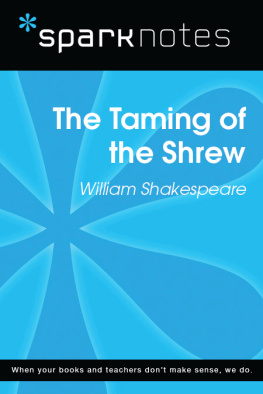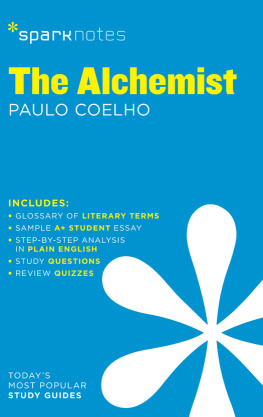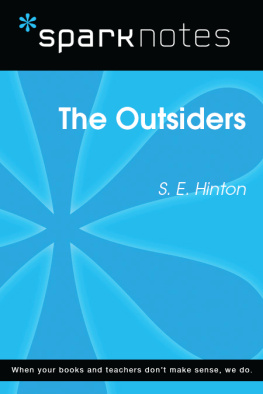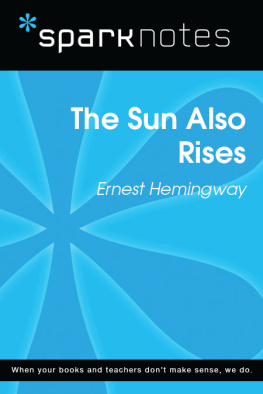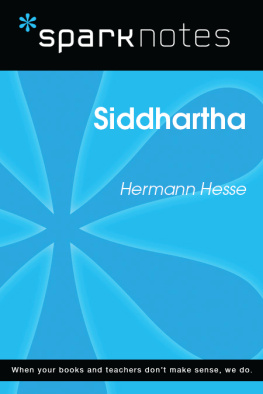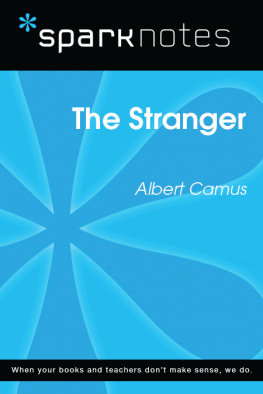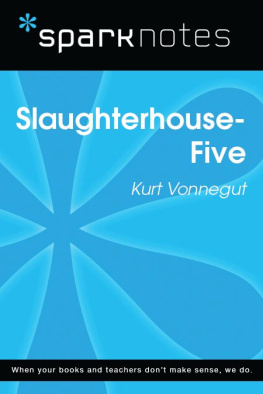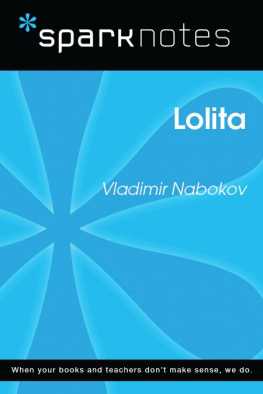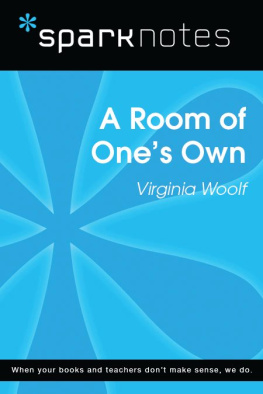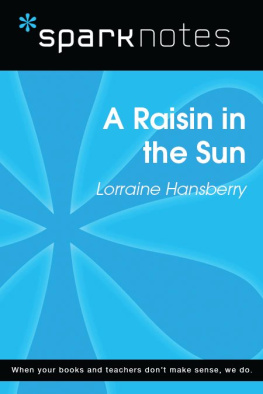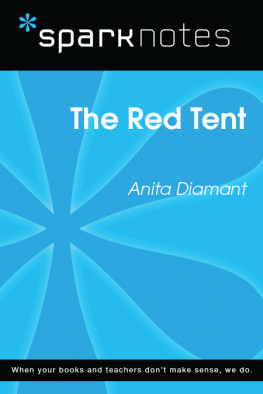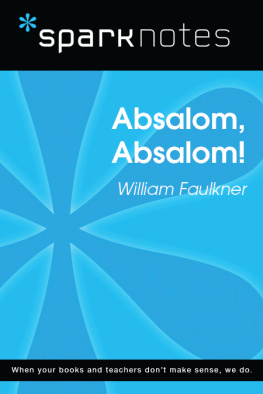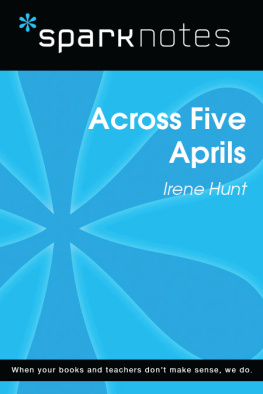The Power of One
Bryce Courtenay
2003, 2007 by Spark Publishing
This Spark Publishing edition 2014 by SparkNotes LLC, an Affiliate of Barnes & Noble
All rights reserved. No part of this publication may be reproduced, stored in a retrieval system, or transmitted in any form or by any means (including electronic, mechanical, photocopying, recording, or otherwise) without prior written permission from the publisher.
Sparknotes is a registered trademark of SparkNotes LLC
Spark Publishing
A Division of Barnes & Noble
120 Fifth Avenue
New York, NY 10011
www.sparknotes.com /
ISBN-13: 978-1-4114-7717-9
Please submit changes or report errors to www.sparknotes.com.
10 9 8 7 6 5 4 3 2 1
Context
Much of The Power of One is based on Bryce Courtenay's own life. Courtenay was an illegitimate child, born in 1933 in South Africa. He was raised amidst black South Africans in an isolated homestead in the Lebombo Mountains. At five years of age, he was sent to a boarding school, which was a mixture between a reform school and an orphans' home. Here he learned how to box in order to survive. He then moved to Barberton in the North Eastern part of South Africa and met a German music teacher called Doc, who was perpetually drunk. Courtenay and Doc spent much time wandering in the African bush together. Courtenay attended a prestigious private high school, and then studied journalism at an English university. He was banned from returning to South Africa since he had initiated a weekend school for black people at his high school. He fell in love with an Australian woman, Benita, while studying in England and he followed her to Sydney, where they were married. They now have three sons and two grandsons. Courtenay began to write at the age of fifty-five, after a long and highly successful career in advertising. The Power of One, published in 1989, was the first of his many best-selling novels. He has written two other novels about South Africa-the sequel to The Power of One, called Tandia, and a short novel called The Night Country. He has written three novels set in Australia-The Potato Factory,Jessica, and April Fool's Day.April Fool's Day is a tribute to his son Damon, who died of Haemophilia. Courtenay has even written a book set in Russia, The Family Frying Pan. His latest novel, Smoky Joe's Caf is soon to be in bookstores.
The political background of The Power of One is unmistakably World War II and the beginning of the apartheid era in South Africa. Although the term 'apartheid' was only coined in 1948, white supremacy existed on a wide scale in South Africa long before. The first half of the 1900s was characterized by the segregation of different racial and socio-economic groups. The wealthy, technologically sophisticated British South Africans and the less well-off Afrikaner farmers or "boers" were separated; and the various black tribes of South Africa and all whites in positions of power were also kept apart. Conflict had existed between the British and the Afrikaners since the time of the Anglo-Boer War, which was fought between 1899 and 1902. An army of 500,000 British fought against a clan of 87,000 Boers. Although the Boers won some of the earlier battles, they ultimately lost to the British, who created the world's first concentration camps, in which 26,000 Boers died. Fourteen thousand black people died in separate camps formed by the British. The resultant hatred between the Boers and the British grew into a political split in 1914: the Afrikaner Nationalists formed their own party called the National Party (NP) while the British continued to lead the ruling South Africa Party (SAP).
During World War I, the NP supported Germany, while the SAP supported the Allies. This increased tensions. Economic instability caused by the Great Depression in 1934 compelled the two parties to reunite as the United Party (UP), but by the late 1930s (when The Power of One begins) Afrikaner Nationalism was awakening again. D.F. Malan formed the Purified National Party, which was closely linked to the ex-parliamentary, radical group called the Oxwagon Guard. The Oxwagon Guard shared Hitler's Nazi beliefs in racial purity. Although the SAP initiated some racist laws before the 1930s (such as the Land Act of 1913, which forbade black people from buying land outside of specific areas, and the Urban Areas Act of 1923, which prevented black people from living in towns where they were not needed by whites), it was D.F. Malan's National Party that began to escalate the racist laws. During the war, however, cheap black labor was in demand in the cities, and the laws were less strenuous. In the 1948 government elections, Jan Smuts and his United Party lost and D.F. Malan and the Nationalists seized power. D.F. Malan began to institutionalize his brainchild called 'apartheid' ('apartness' in Afrikaans), which was advertised as a way of helping each South African race to develop independently. This was merely a front for a brutal and sinister regime which gave whites complete dominion over South Africa, and forced black people (who made up eighty-seven% of the population) to live in a mere 13% of the land. During the 1950s, a number of laws set the apartheid system in motion. In 1950, the Group Areas Act made it illegal for whites and blacks to live together in residential areas. The pass laws introduced a nine o' clock curfew for black South Africans, and forced them to carry passes with them at all times. Lack of a pass could justify arrest. It was only towards the end of the 1980s, due to the efforts of F.W. de Klerk and Nelson Mandela, that apartheid began to be dismantled. The Nationalists essentially dominated the country for fifty years, treating not only its black citizens, but also its Indian and "colored" citizens with extreme violence and brutality.
Plot Overview
The novel traces the adventures of Peekay, an English-speaking South African boy, from age five to age seventeen, from the year 1939 to 1951. After his mother suffers from a nervous breakdown, the five-year-old Peekay is brought up by his Zulu nanny Mary Mandoma and his Granpa on a farm in the province of Natal. Soon after, he is sent to an Afrikaans boarding school, where--as the youngest of all the students, and the only English-speaker--he is brutally tortured by the other boys. The Judge, a senior boy called Jaapie Botha, and his so-called "stormtroopers" punish Peekay for his bedwetting habit and his circumcised penis by means of constant verbal and physical abuse. They call him derogatory names in Afrikaans such as "pisskop" (piss head) and "rooinek" (redneck), a term used for Englishmen during the Boer War (fought between the British and the Boers, or Afrikaners). The Judge, who wears a swastika tattoo on his arm, convinces the innocent Peekay that Hitler is on a mission to march all Englishmen into the sea and to restore glory to the Afrikaners. Mevrou, the Afrikaans woman who runs the boarding house, walks around brandishing her deadly "sjambok" (cane stick), instead of offering solace.
Peekay returns home after his first year of school, and his nanny commissions the famous black chief Inkosi-Inkosikazi to solve Peekay's bedwetting dilemma. Not only does Inkosi-Inkosikazi manage this, but he also opens Peekay's mind to a special place of "dreaming"-a place of three waterfalls and ten stones-where Peekay may always find him. Peekay returns to school the following year with his problem solved, with Granpa Chook one of Inkosi-Inkosikazi's magic chicken, and with the independent spirit he refers to as the "power of one." Granpa Chook becomes Peekay's only friend at school, and Mevrou allows him to live in the kitchen where he keeps the cockroaches at bay. Peekay excels at school, yet he has learnt that surviving the system means one has to adopt a camouflage-he thus hides his brilliance. Nevertheless, he soon finds himself doing all the Judge's homework, which only serves to increase his intelligence. This does nothing to quash the Judge's hatred for Peekay-on the contrary, at the end of the schoolyear the Judge forces to Peekay to eat human feces, and he kills Granpa Chook with a catapult. Traumatized, Peekay longs to arrive home to his nanny's embracing arms. But Mevrou tells him that there has been a change of plans: he is to head to the Eastern Transvaal town of Barberton, where his Granpa awaits him. Peekay's name is coined by Harry Crown, a Jewish man where Mevrou takes Peekay to buy shoes before the trip home-Harry Crown says that "Pisskop" is not a respectable name for a young man, and dubs him "PK" instead.

